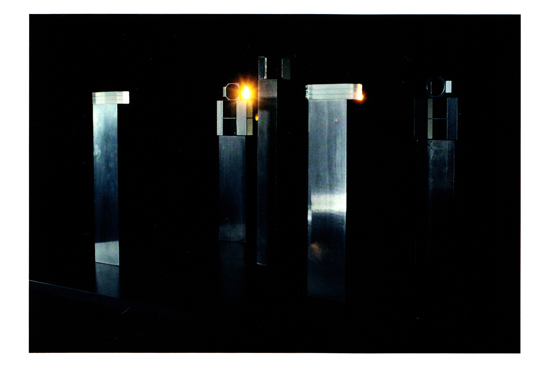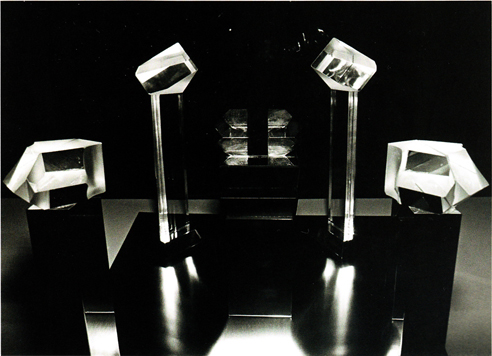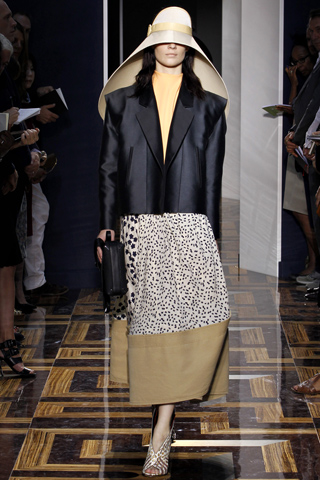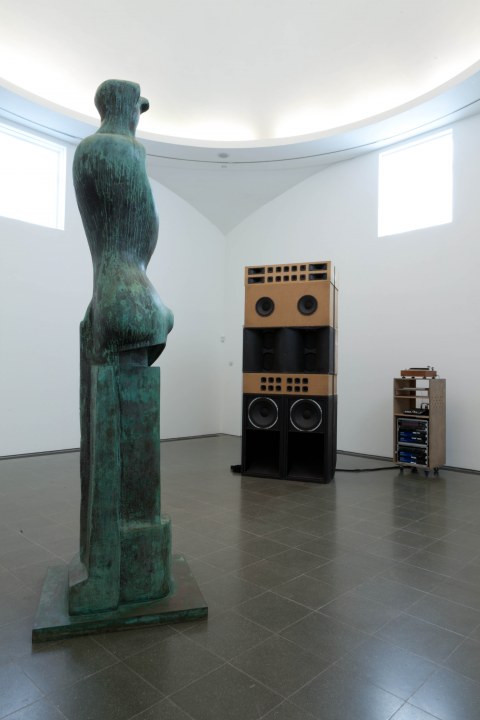Muammar Gaddafi, the deposed leader of Libya, died on 20 October 2011 during the Battle of Sirte. Gaddafi was found hiding in a culvert west of Sirte and captured by National Transitional Council forces. He was killed shortly afterwards. The NTC initially claimed he died from injuries sustained in a firefight when loyalist forces attempted to free him, although videos of his last moments show rebel fighters beating him before he was shot several times.
The interim Libyan authorities decided to keep his body “for a few days”, NTC oil minister Ali Tarhouni said, “to make sure that everybody knows he is dead.” To that end, the body was moved to an industrial freezer where members of the public were permitted to view it as confirmation. Gaddafi’s body was publicly displayed in a freezer in Misrata until the afternoon of 24 October. Video shows Gaddafi’s body on display in the center of an emptied public freezer in Misrata. Some people drove hundreds of kilometres across Libya to see proof that he had died. One viewer of the body said about the public display of his corpse, “God made the pharaoh as an example to the others. If he had been a good man, we would have buried him. But he chose this destiny for himself.” A Reuters reporter who saw the body said that there was gunshot residue on the wounds, consistent with wounds of people when they are shot at close range.
Gaddafi’s body was displayed alongside that of his son, Mutassim Gaddafi, who also died in the custody of Misratan fighters after his capture in Sirte on 20 October. The younger Gaddafi’s body was removed from the refrigerator for burial at the same time as his father’s on 24 October.





















